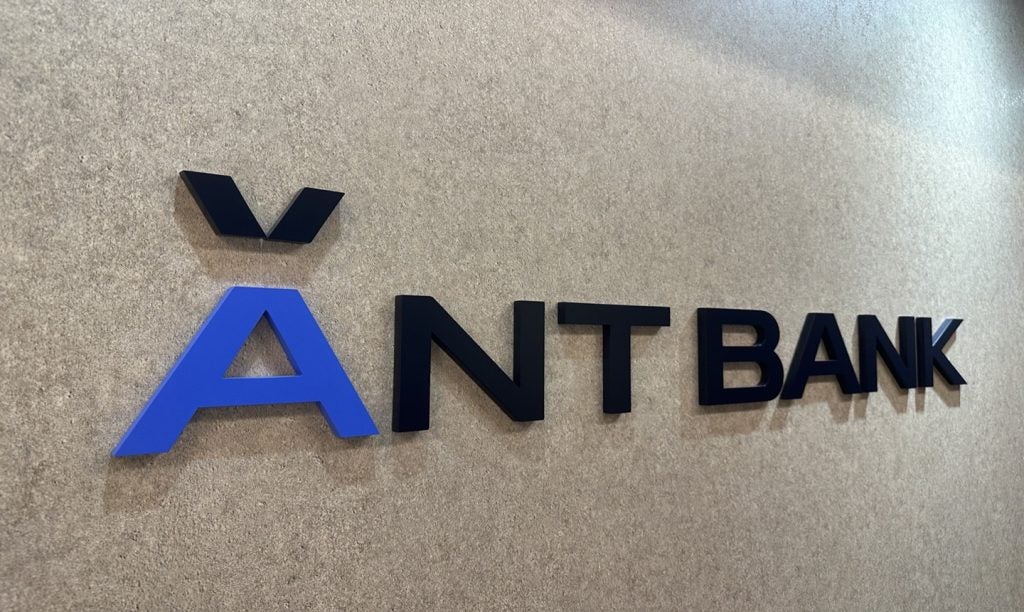The US has implemented a new legislation to ease the banking regulations which were introduced following the 2007-2010 global financial crisis.
The bill, which was passed by the both chambers of the Congress, was signed into a law by the US President Donald Trump.
Expected to support economic growth, the legislation eases restrictions and oversight on all banks with less than $250bn of assets.
Earlier this threshold was fixed at $50bn, under the 2010 Dodd-Frank financial reform law.
The new law is expected to assist the smaller lenders and restricts the implementation of the stringent rules for the biggest banks. Furthermore, the smaller banks are now exempted from stress tests.
“The legislation I’m signing today rolls back the crippling Dodd-Frank regulations that are crushing small banks,” Reuters quoted president Trump as saying.

US Tariffs are shifting - will you react or anticipate?
Don’t let policy changes catch you off guard. Stay proactive with real-time data and expert analysis.
By GlobalDataImplemented by the previous US administration, the Dodd-Frank financial reforms were designed to address the financial crisis that affected the economy of the country in 2008.
Named after the co-architects of the bill Senator Christopher Dodd and Representative Barney Frank, the act was implemented to reduce various risks facing the financial system.
It also facilitated the creation of multiple government agencies to monitor the components of the act.
Most of the Dodd-Frank act’s provisions are still intact despite the introduction of the new legislation.







